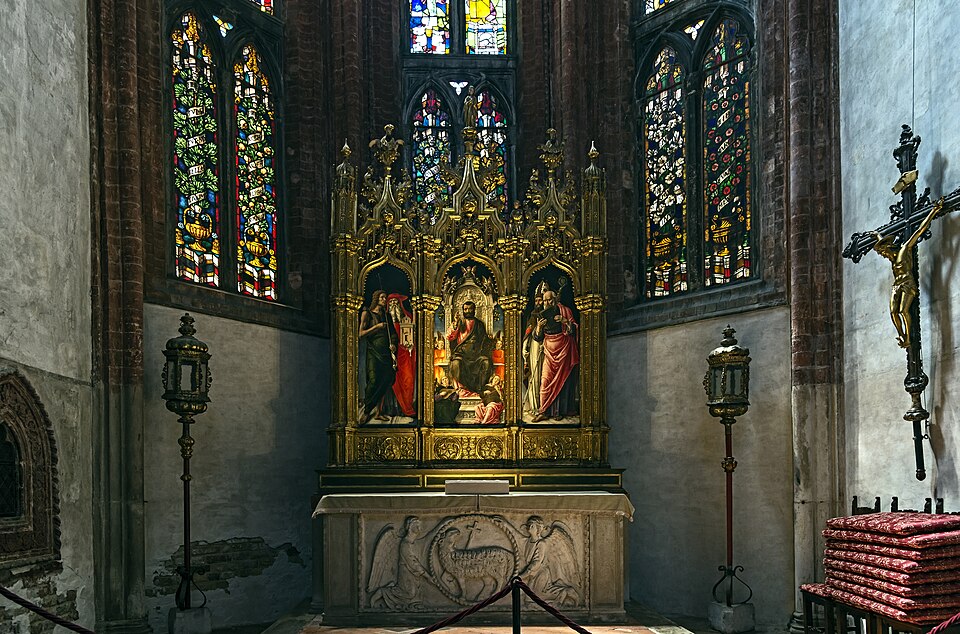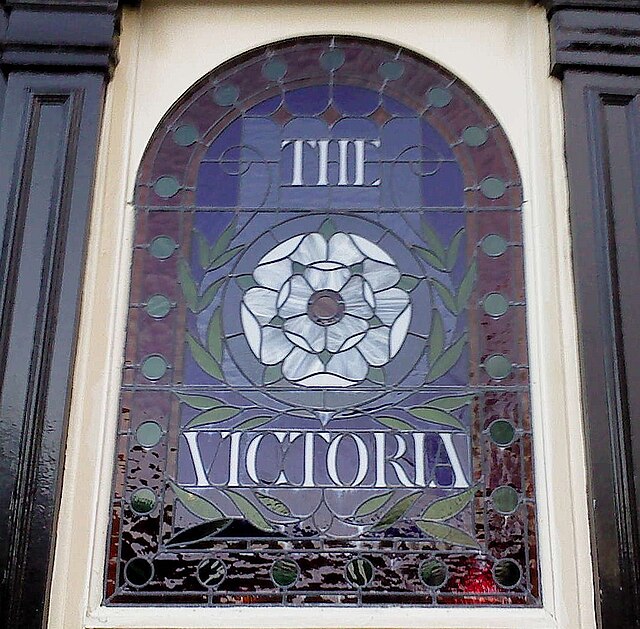You know that moment when you're walking through an old church and suddenly stop, looking up at a stained glass window that seems to glow with its own inner light? I had that experience twenty years ago in a tiny chapel in Venice, and it changed everything for me. That window wasn't just decoration—it was a story, a history book, a spiritual guide, all made of colored glass. What fascinated me most wasn't just the beauty, but how the same basic technique had evolved across centuries and continents to express completely different ideas. Let's take a journey through time to see how stained glass design has transformed while staying fundamentally the same.

The Humble Beginnings: More Accidental Than Artistic
Most people think stained glass began with medieval cathedrals, but the truth is far more humble. I remember the first time I held a fragment of Roman glass from the 1st century CE—it was nothing like the elaborate windows we associate with stained glass today. These early pieces were actually byproducts of glassblowing. When Roman artisans made glass vessels, they'd sometimes get uneven coloring from impurities in the sand or metal oxides. What started as a flaw became a feature.
The earliest "stained glass" windows were little more than small colored pieces set in plaster or wood frames. Imagine walking into a Roman bathhouse and seeing these tiny bits of colored light dancing on the walls—it wasn't for storytelling or religious instruction, but simply because someone noticed that colored glass made a space feel special. It's funny how many great art forms begin not as art at all, but as happy accidents.
Medieval Mastery: When Glass Became Sacred Storytelling
Now let's fast forward to the 12th century, when everything changed. I've spent countless hours studying the windows of Chartres Cathedral, and what strikes me isn't just their beauty, but their purpose. These weren't decorative elements—they were Bibles for the illiterate. When most people couldn't read, stained glass became the primary way to tell biblical stories.

The designs followed strict conventions: figures were elongated, colors had specific meanings (blue for heaven, red for sacrifice), and the lead cames weren't just structural—they were part of the design. What's fascinating is how practical concerns shaped the art. The glass had to be thick enough to withstand weather, so details were painted on with vitreous enamel rather than cut from different colors. The result? A distinctive style where figures look almost like painted illustrations set in glass.
Renaissance Refinement: When Glass Got Real
By the 15th century, something remarkable happened. I remember standing in Florence's Santa Maria Novella, staring at windows that looked more like paintings than traditional stained glass. The Renaissance changed everything—artists like Donatello began treating glass as a canvas for realistic scenes. Perspective, shading, detailed facial expressions—all the innovations of Renaissance painting found their way into glass.
Key Shifts in Renaissance Glass Design:
- From Symbolic to Realistic: Figures gained dimension and emotion, moving away from the flat, symbolic style of medieval windows.
- Painted Detail Explosion: Artists used enamel paints to add intricate details that couldn't be achieved with colored glass alone.
- Larger Panels: Advances in glassmaking allowed for bigger pieces, reducing the number of lead lines and creating more cohesive images.
- Secular Subjects: While religious themes remained dominant, windows began depicting historical events, family crests, and mythological scenes.
- Architectural Integration: Windows were designed to complement the building's architecture rather than dominate it.
This period represents a fascinating tension in stained glass history. On one hand, the technical mastery was incredible—glass artists were creating works of art that rivaled oil paintings. On the other hand, some purists argue this was the beginning of stained glass's decline as a distinct art form, as it became merely another medium for painting rather than celebrating the unique qualities of glass itself.
The Victorian Comeback: Nostalgia in Colored Glass
Jump to the 19th century, and you'll find one of stained glass's most colorful chapters. I love visiting London's Victoria and Albert Museum to see how the Victorians rediscovered medieval techniques while adding their own flair. This wasn't just a revival—it was a reinvention. The Industrial Revolution gave us new tools and materials, but it was the Gothic Revival movement that brought stained glass back into fashion.

What fascinates me about this period is how stained glass became democratized. No longer just for churches, it appeared in homes, train stations, and even pubs. The designs reflected Victorian sensibilities: intricate floral patterns, sentimental scenes, and an obsession with symbolism. Each flower, bird, or geometric pattern carried specific meaning that contemporaries would have instantly recognized. It was like a secret language in glass.
Art Nouveau and Art Deco: Breaking All the Rules
Then came the turn of the 20th century, and everything changed again. I'll never forget seeing my first Tiffany lamp—not in a museum, but in an antique shop in New Orleans. That organic, flowing glasswork was a revelation. Art Nouveau artists like Louis Comfort Tiffany and Émile Gallé rejected historical imitation in favor of nature-inspired forms. They developed new techniques like the copper foil method that allowed for incredibly detailed, painterly effects.
Just as quickly, Art Deco swept in with its bold geometric patterns and streamlined forms. Suddenly, stained glass wasn't about imitating nature or telling stories—it was about abstract design and modern aesthetics. I've restored several Deco-era windows, and what strikes me is how they used glass not just for its color, but for its texture and reflective qualities. Beveled glass became all the rage, creating prismatic effects that changed with the light.
Modern Interpretations: Bali's Glass Renaissance
Now let's come to where I find myself today, working here in Bali. What excites me most is how traditional techniques are merging with local artistic sensibilities. When I first arrived fifteen years ago, I expected to see European-style stained glass everywhere. Instead, I discovered something entirely new—a fusion of Javanese and Balinese motifs with centuries-old glass techniques.
Here in Bali, we're not copying medieval cathedrals or Victorian parlors. We're creating something entirely new. I've worked on projects where traditional wayang kulit (shadow puppet) figures appear in stained glass, where Balinese temple motifs blend with Gothic techniques, and where modern abstract designs incorporate the symbolism of ancient Indonesian art. The lead isn't just structural—it's part of the design language, echoing the intricate patterns of traditional Balinese carvings.

What's remarkable is how these modern interpretations honor the past while creating something completely new. A Balinese dancer rendered in stained glass connects us to both the medieval tradition of storytelling through glass and the ancient Indonesian art of wayang. It's not about choosing between tradition and innovation—it's about finding where they meet and create something greater than the sum of its parts.
Your Chapter in Glass History
Stained glass has always been more than just colored pieces held together by lead. It's a living art form that has adapted and transformed across centuries and cultures. Whether you're drawn to the spiritual depth of medieval windows, the intricate beauty of Victorian designs, or the bold innovation of contemporary interpretations, there's a place for you in this centuries-long conversation.
Here in Bali, we're writing the next chapter of this story—one that honors the past while looking boldly toward the future. Your space, your story, your light—these are what make stained glass truly come alive.
Create Your Glass Legacy